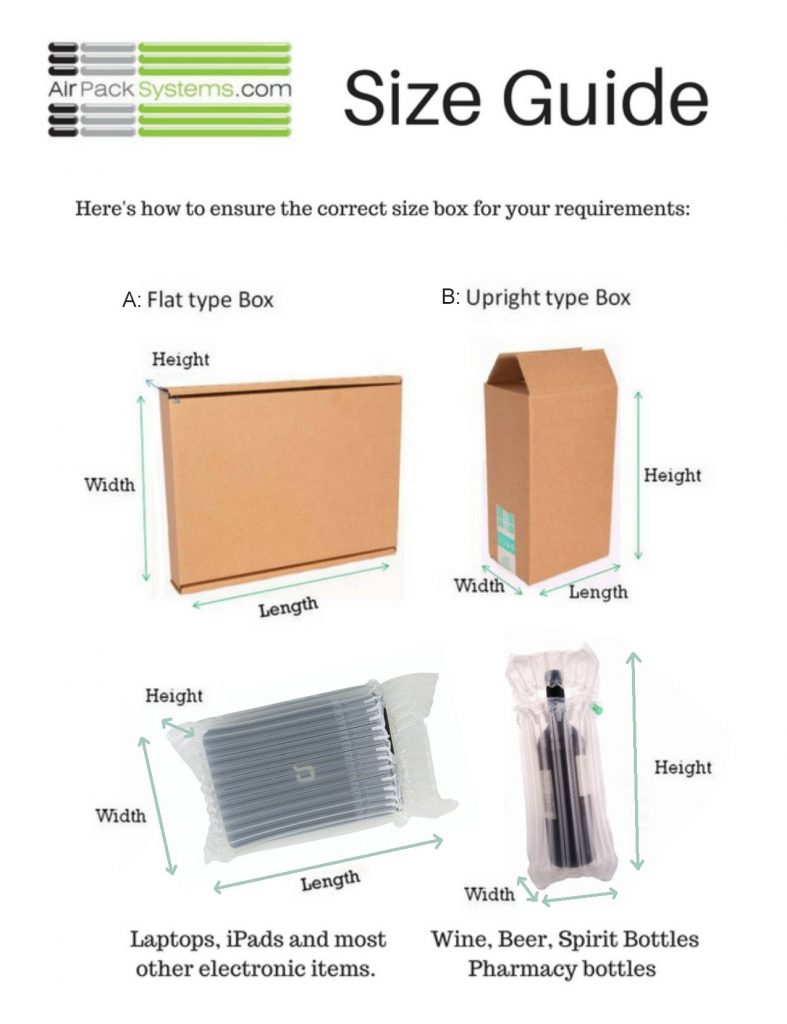In a circular economy or industry, materials aren’t wasted. Instead, the emphasis is on regeneration and keeping items in circulation for as long as possible. This model of consumption and production, aimed at extending products’ lifecycles, also includes:
- Leasing
- Reusing
- Repairs
- Recycling
- Refurbishing
- Sharing
- Sustainable design – it’s estimated that the design phase determines more than 80% of a product’s environmental impact
Circular industry marks a departure from the standard ‘linear’ idea, which follows a model based on consumption and then discarding. This depends on large amounts of freely available, low-cost materials and energy which can be accessed easily.
Another key aspect of this model is what is known as ‘planned obsolescence’ – in which something is designed with a deliberately limited lifespan so that people are forced to purchase it again quite quickly.
Finally, a key aspect of a circular economy is tackling excessive packing and making designs better to encourage recycling and reuse.
What are the benefits?
- Environmental protection
A circular model slows down the rate at which we consume natural resource and disrupt habitats, ultimately helping to limit biodiversity loss. At the same time, circular models reduce total yearly greenhouse gas emissions. According to the European Environment Agency, industrial processes and product use cause nearly a tenth of these emissions across the EU.
- Less dependence on raw materials
The global population is growing, yet the supply of vital raw materials is not infinite. Recycling goes a long way to helping. Equally, it reduces other risks, including availability, import dependency and price volatility.
- Job creation and a better deal for consumers
In a circular economy, consumers enjoy longer-lasting, more innovative products and can end up paying less in the long run. This model also enhances competitiveness and innovation plus economic growth while potentially creating more jobs.
Why recycling e-waste really matters
As part of a circular economy, electronic or e-waste is disposed of properly. Otherwise, toxins such as mercury and lead can get into the air, ground and water, and even enter the food chain. E-waste also creates methane emissions, which trap heat in the atmosphere at a far greater rate than even carbon dioxide, thus exacerbating the greenhouse effect and contributing to global warming.
But if you make the positive decision to recycle and reuse electronic devices, or buy reconditioned items, you will be doing your wallet and the planet a big favour. And, remember, you don’t even have to recycle a whole device. Spare parts should also be kept out of landfill as part of a circular economy.
Sending electrical items – talk to AirPack Systems
If you buy or sell electrical parts, you’ll already know that these can be pretty fragile. No one wants the hassle or expense of having to send out replacements in a second delivery, quite apart from second shipments also being environmentally disastrous.
Getting packaging right in the first place has a key role to play in ensuring safe first-time deliveries. We make our own packaging solutions for keeping delicate items safe, made in our own factory and with custom designs available, not to mention free delivery when you spend £125 or more.
Give us a call to learn more – or take a look on the website to see what we offer.
Related Articles.
A few of the reasons why packaging really matters to your brand
By ADMIN_AIRPACK • July 16th, 2024Some businesses seem to take packaging somewhat for granted, without putting too much thought into it or its importance. Yet, especially if you’re an e-commerce organisation, packaging is something which just about every business needs to use, whatever the size of your enterprise. And you may feel that you just want to go for the […]
Read more...How packaging can help you to reduce your carbon emissions
By ADMIN_AIRPACK • July 16th, 2024Climate change is obviously a hot topic, and it’s already affecting every region on Earth, with most scientists agreed that human activity is its single biggest cause. So, of course, lowering carbon emissions needs to be a top priority for all businesses. But despite a flurry of pledges on the climate, global emissions have continued […]
Read more...How inflatable packaging can improve customer retention
By ADMIN_AIRPACK • March 8th, 2024What is customer retention? Put simply, customer retention is the business of creating customer loyalty so that people make repeat purchases with you, and it says a lot about how satisfied they are with what you offer. For established brands in particular, keeping hold of loyal customers may almost be more important than attracting new […]
Read more...Back to blog
